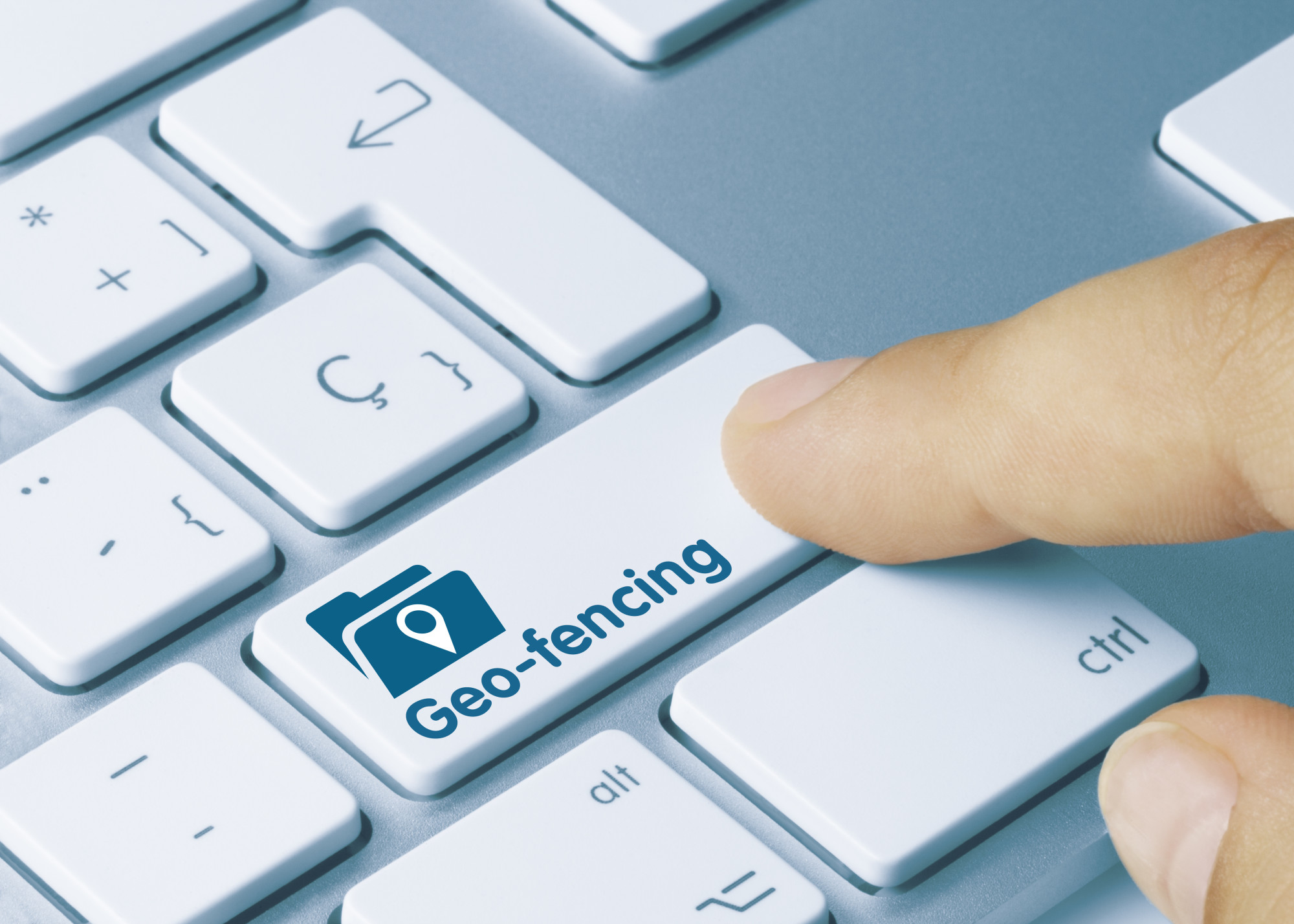Facebook Fail: The Dos and Don’ts of Building the Best Facebook Ads
Posted on October 21, 2019 by Logo Design Tips and Tricks

Did you know that Facebook continues to be the most cost-effective advertising investment you can make?
It is cheaper than almost every other source of advertising.
Plus, the targeting options are more precise than the rest.
But just as with every other form of advertising, there are certain dos and don’ts with which you should familiarize yourself before taking this smart step.
The Dos and Don’ts for Better Facebook Ads
Nothing challenges your credibility quite like a shoddy ad.
Obviously, you want to drive traffic to your site and not away.
So when you’re developing your Facebook ad, keep in mind a few simple actions to take (and NOT to take):
DO Include a Clear Call-to-Action
What is the purpose of your message? And what do you want your audience to do?
You need to know the answers to these two questions if you’re going to develop a concise call-to-action.
Furthermore, be sure that the overall concept and message of your ad is developed with your audience in mind. You should have a clear understanding of who your target audience is so your call-to-action will be desirable and relatable to them.
Otherwise, you probably won’t get many clicks.
DO Proofread, Then Proofread Again
One set of eyes is never enough.
In fact, when it comes to proofreading, there can really never be too many cooks in the kitchen.
Your Facebook audience consists of hundreds, if not thousands or even millions, of viewers. So it’s absolutely crucial that you check your ad for typos, proper capitalization, grammatical/punctuation errors, and any other mistakes.
So it’s clear that incorporating a clear CTA and proofreading are two relatively basic actions to take to build the foundation of your Facebook ad.
But what are a couple of things you should avoid?
DO NOT Overstuff with Info
You don’t have the luxury of your viewer’s time.
Your Facebook ad’s message and call-to-action must be simple enough for a viewer to comprehend within seconds. You need to put it right out there.
Keep it simple. Be sure that your headline includes the name of your business and what you’re offering. Then any accompanying message needs to be consistent with your headline.
And don’t forget to add an image. Speaking of which…
DO NOT Grab Just Any Image
It should go without saying that your image must be relevant. But make it a point to select images that will catch the viewer’s eye too. Remember, you only have seconds to work with here.
Find a way to incorporate your brand through colors, or by cleverly integrating your logo.
Having the perfect image is also really helpful if you’re planning to use Facebook dynamic ads – which are targeted Facebook ads that show one or more of your relevant products to people who have visited your website.
And finally, when it comes to choosing your ad’s image, you want something clear and with high resolution. There should also be no more than 20% text.
Boost Your Sales
We hope that this article about the dos and don’ts of Facebook ads helps you on your journey toward generating more revenue.
And for more inspiring articles about all things marketing, keep checking back with our regularly updated blog!
SEO for Photographers: 4 Must Know SEO Tips Every Photographer Needs to Know
Posted on September 28, 2019 by Logo Design Tips and Tricks

Being a photographer in the digital age means you’re responsible for a lot more than capturing and editing images. You’re probably also a one-person marketing department, sales team, and web designer.
If you’re working hard to fill all of these roles but are still having trouble getting your art discovered, the problem may lie in your search engine optimization strategies.
If that sounds like some web development jargon that you don’t know what to do with, don’t worry. We’ve rounded up 4 tips about SEO for photographers that can help your site climb the Google ranks.
1. Optimize Your Photos for Web
This is a rookie mistake that can have huge consequences for photographers. Whenever you upload an image to your website, resist the urge to use the full-sized, high-resolution version.
Instead, opt for a compressed image. If you don’t, people will click away from your site because they’re tired of waiting for pictures to load. This increases your bounce rate, which is bad for SEO.
2. Use Alt Titles and Tags
Did you know that you can hide important keywords in your photos that help search engines identify them? These keywords are called Alt tags and Alt titles, and they’re the things that help your photos show up in an image search results page. The process for adding them in is different for every web platform but is usually very simple.
3. Produce the Right Kind of Content
It’s fairly common knowledge at this point that putting out regular content—via a blog, podcast, or social media network—helps people to find your business online. But did you know that you need to be careful about the type of content you create? As a photographer, you need to make sure that every piece of content is relevant and showcases your work.
Want to write a blog post about taking your kids strawberry picking? Awesome! But you need to make sure it includes beautiful images of the event and keywords that will help your post show up when people search for lifestyle or family photography.
As an added bonus, when people find and enjoy your content, they’ll share it on their websites and social media profiles. This helps you build natural backlinks, making quality content production a two-for-one SEO strategy.
4. SEO for Photographers: Is It Worth Outsourcing?
If you’ve gotten to the bottom of this list and aren’t sure you want to tackle the SEO challenge by yourself, that’s okay too! Tons of small businesses and independent entrepreneurs outsource their SEO to an idea agency.
To decide if this is the option for you, take a close look at your available budget and compare it with the time and frustration it would take you to do it yourself. If you can make more money taking photos in the time you would have spent on SEO than it costs to hire someone else, the choice is clear.
Boosting Your Search Rankings Helps People Find Your Art
SEO for photographers can be the difference between business growth and stagnation. So make sure to follow these tips to help future fans of your work discover you online!
Short on time but want to get started right away? Take a look at our 15 minute SEO checklist.
What Is Geofencing Marketing?
Posted on September 14, 2019 by Logo Design Tips and Tricks

Each year more than $200 billion is spent on advertising within the United States alone. Yet, how effective is it if not every single one of your ads is being served to your target audience?
Advertising used to be simply plastering your message in busy places hoping the right eyeballs might stumble upon it. The Internet’s inclusion of digital advertising, however, has changed the game. For those looking to wisely spend their advertising budget, geofencing marketing is practical.
Are you looking to expand your company’s advertising efforts into the world of geofencing technology? Keep reading to learn more about how it can work to enhance your digital reach.
How It Works
Geofence marketing works by establishing areas to capture your audience. These are specific addresses that can be located on any GPS map. The best way to create a list is to brainstorm where your target consumers are.
For example, a business that heavily relies on tourists could geofence nearby hotels for out of town guests. On the contrary, a new restaurant could target rival eatery establishments to get a leg up on the competition.
In order for a person to be served your advertisement through geofencing, they must have a smartphone with its location services turned on. Furthermore, they must use their smartphone in some capacity that triggers a data connection. Fortunately this is no issue since the average American looks at their phone 52 times per day.
Once a target consumer’s phone is activated, your advertisement will follow them for up to 30 days. This also isn’t limited to their smartphone, either. If someone is logged into social media accounts or email on their smartphone, the advertisement will follow them to their computer if logged onto a desktop.
Another feature with geofencing is you can set specific times to capture an audience. This is convenient for temporary events, such as a concert or ball game.
Seeing Results
While this all sounds great, how can you be sure this advanced form of advertising is actually working? Great question!
All reputable geofencing companies should offer transparent digital reporting. This includes how many impressions are being served in addition to the amount of clicks each ad receives, also known as a click-through rate (CTR).
Beyond this, geofencing offers an advantage standard digital advertisement doesn’t for brick and mortar businesses. It’s possible to see when target consumers visit your targeted locations, are served your ad, then visit your business.
This process is called a conversion zone. When you select your targeted addresses you also provide your company’s location so this can be tracked. This feature is helpful in determining which addresses are reaching a larger audience compared to others.
Of course, every company’s needs will vary. These geofencing marketing providers different options whether it’s targeting by zip codes or solely focusing on competing businesses.
Developing a Geofencing Marketing Strategy
Digital advertising has a lot of components, some of which can be a lot to grasp if you’re new to it. With the right approach and outlook, it can be a great tool for reaching a whole new audience while getting the most bang for your buck.
Create a realistic strategy for geofencing marketing. Study your consumers’ habits and where they spend time away from your business.
Are you looking to improve your marketing efforts? Neal Schaffer has a proven track record of helping businesses of all sizes with their digital transformation of sales and marketing through consulting and training. Contact him today to learn more about how he can help.
Worth the Money: The Top Benefits of Facebook Advertising
Posted on September 12, 2019 by Logo Design Tips and Tricks

Facebook had 1.59 billion average daily users and 2.41 billion monthly active users in June 2019.
That’s a lot — about 20.5 percent of the world’s population uses Facebook every day and 32.2 percent use it monthly. (Estimates based on the company’s latest disclosures with the U.S. Securities and Exchange Commission and world population estimates from and an illustration of United Nations data.)
There is so much power for advertisers and marketers on Facebook, not the least of which is the nearly infinite ways to splice the user population for targeted content.
But are you on the fence? Have you never marketed through social sites?
Don’t worry. This post will run through the benefits of Facebook advertising to get you up to speed on what could become a go-to source for online efforts.
Targeting with Wild Specificity
Facebook can help you pare down the specific populations that you want to see your message in pretty amazing ways. Think of any number of demographics to target and then multiply the possible subpopulations by a whole gambit of behaviors get ultra-specific campaigns.
In case you’ve been living under a rock on another planet, the power and specificity of the data that Facebook gathers and offers to marketers have gotten the company in trouble. Its ability to influence specific people is a matter of American national defense issue.
Being Where Customers Live One the Top Benefits of Facebook Advertising
Awareness is all about frequency. The theory behind the classic billboard is that its long-term presence in people’s sightlines will help boost the awareness of a brand as it is seen over and over.
But the problem with the billboard is that it’s not at all targeted and it is only as good as the thoroughfare that it’s exposed to.
Building brand awareness through Facebook advertising puts a “billboard” in the place where people live online.
Since Facebook has such a large user base, Bear Newman of Bear Fox Marketing (https://www.bearfoxmarketing.com/) says that you should utilize Facebook ads, because your audience is bound to be on there somewhere.
An Ad Machine in Every Pocket
According to at least one measure, 96 percent of Facebook users access the social network through cellphones or tablets. That means that marketers and advertisers could be putting the message of their client into millions of people’s pockets.
And it’s hard to say for sure how much time people spend on Facebook. The general zeitgeist suggests that most people spend too much time on Facebook. Some rumors have suggested average daily user time spent on the sight is between 40 and 50 minutes.
Couple that with the fact that smartphone adoption is a runaway train and you should realize that it’s plain foolishness to use Facebook with your ad and marketing efforts.
No Reason Not to Start Now
The backend-user interface for Facebook’s advertising platform is really easy to use and produces a lot of data to analyze. This means that Facebook feeds both your ad and marketing operations and management, and there’s no good reason not to take advantage of the benefits of Facebook advertising.
For more on how to turn those insights into action, hit up our Digital Marketing or Social Media tags to see our latest on how to build your biz with the best internet tools on the planet.








